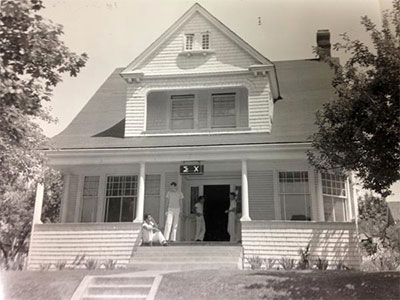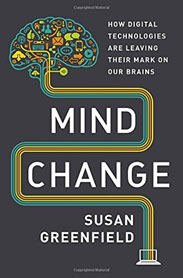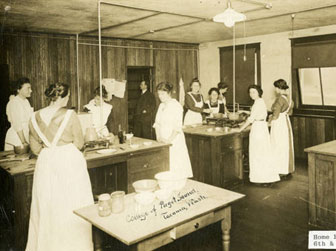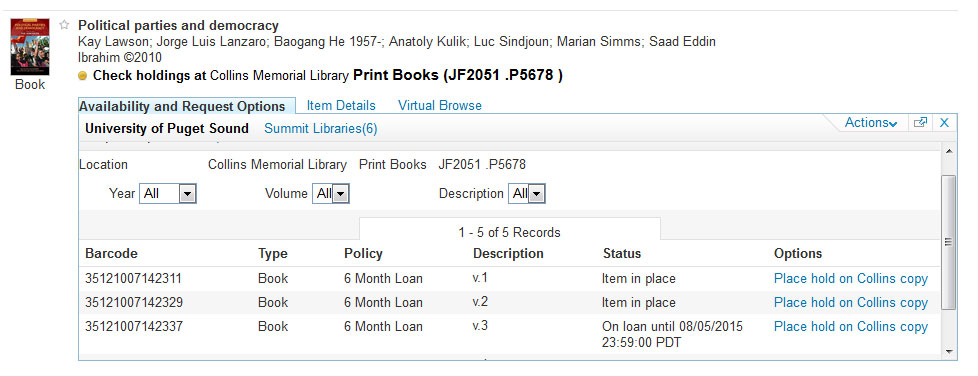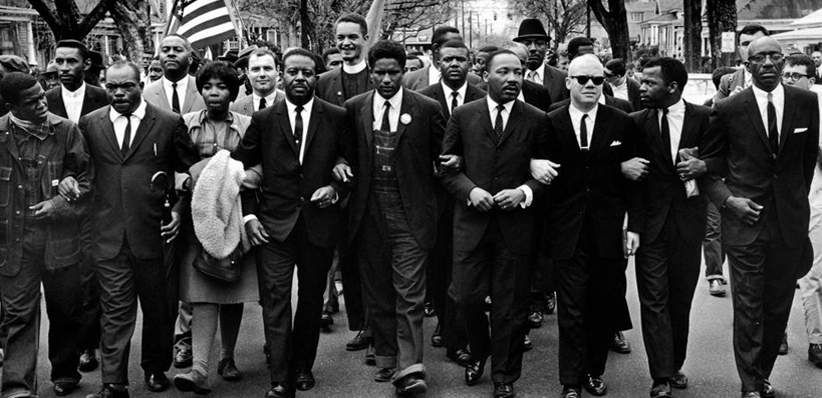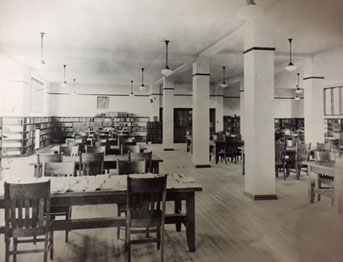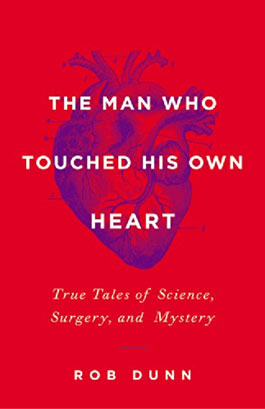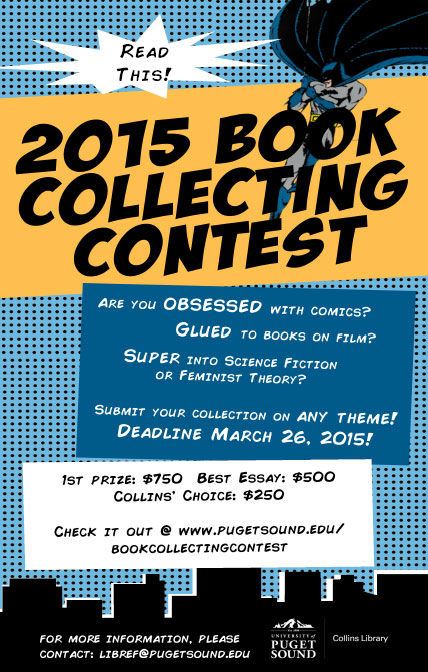 It’s time for the annual Valentine Trivia Challenge sponsored by Collins Library. This year’s theme is the Spice of Life! Try your hand at answering these trivia challenge questions using online resources and no Wikipedia! The first three to submit all correct answers by noon on Valentine’s Day and you will receive a sweet treat from your Collins Library.
It’s time for the annual Valentine Trivia Challenge sponsored by Collins Library. This year’s theme is the Spice of Life! Try your hand at answering these trivia challenge questions using online resources and no Wikipedia! The first three to submit all correct answers by noon on Valentine’s Day and you will receive a sweet treat from your Collins Library.
-
Recent Posts
- Lily Rand, 2024 Library Senior Art Award Winner
- WELCOME HOME LOGGERS! Homecoming & Family Weekend Oct. 10-12, 2025
- Artist Talk with Gabby Cooksey – Tarot for the Misguided, Wednesday, September 24, 4-5pm, Archives Seminar Rm., Collins Library
- Collins Library Book Collecting Contest 2025 Winners
- Collins Library Senior Art Award 2025
Categories
Archives
Meta

